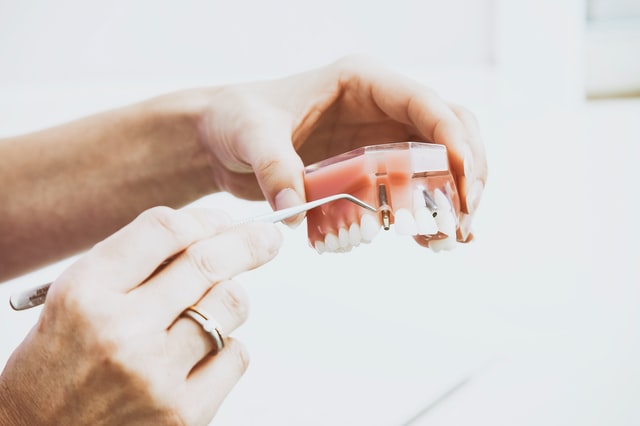Crowns
A crown is a dental cap which covers the real tooth. It can be fitted over decayed or damaged teeth or sometimes just as a cosmetic enhancement. A crown helps to restore the brilliant smile of people which could have been impaired due to discolored or stained teeth. It is also recommended by dentists to protect/strengthen a weak tooth.
People can choose from porcelain or metal, resin or stainless steel crowns or a combination of metal and porcelain crowns. To fit the crown, the old tooth is drilled down, so that it becomes the base for the new crown. Dentists will probably take the measurement of the tooth and make the new crown accordingly.






